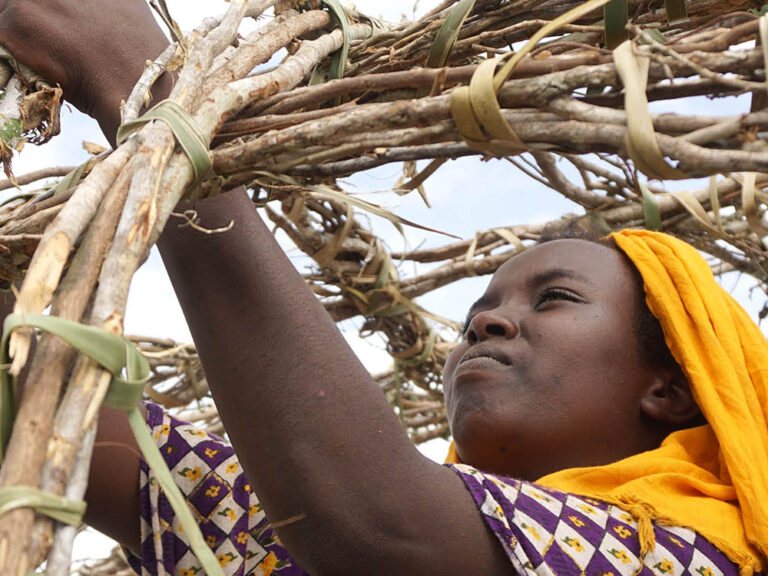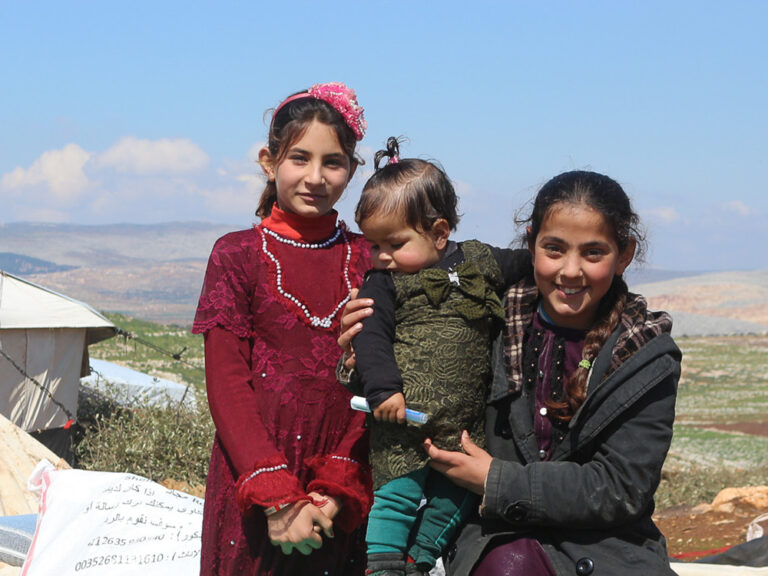Homes and lives washed away
More than 290,000 people were forced to leave their homes across Kenya after heavy rains and floodings washed away whole villages in March 2018.
The devastating flooding was caused by intense downpours in the highlands, swelling the rivers as they made their way towards the sea and bursting the banks. Farmland was covered in a layer of silt. Goats and hens drowned and grazing pasture was underwater. Lives and livelihoods were hit hard.
We worked with local organisations and Rotary groups to provide emergency shelter to help people start rebuilding their lives.
We supported 2,000 families in Kenya with vital aid, but we’re determined to help more families, in Kenya and around the world. Will you help?
Support Our WorkOvercoming challenges
We worked tirelessly with the Kenya Red Cross Society to help families whose homes were washed away.
But our effort came with some unique challenges. Kenya has a strict plastic ban, so we manually removed all plastic from our shelter kits before sending them to the country.
This helped us get aid to families who needed it quicker, and without importation problems.
Watch Ned’s video to learn more.
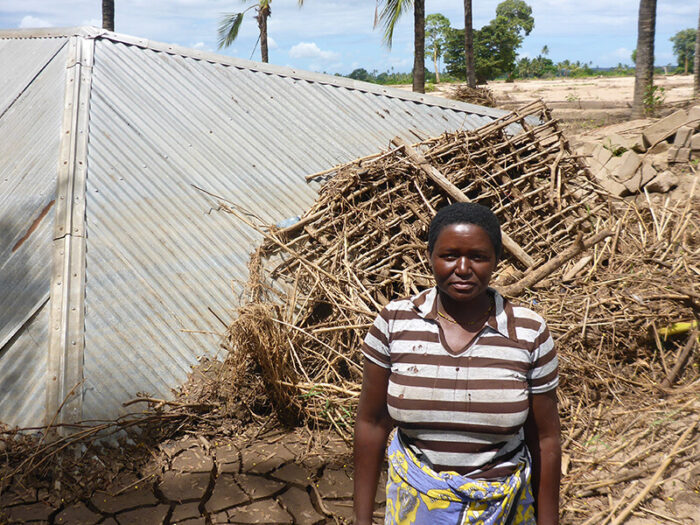
Assessing the situation
Our teams visited two different counties in Kenya to understand the problems people were facing.
Families that used to live in Malimo village were forced to leave their homes when the floodwater swept through.
The village showed only a few remnants of habitation – a roof with no walls, a couple of piles of sticks – but no sign of the 104 family homes that were once there.
The community were sheltered under tarpaulins in Kakuyuni camp, about four kilometres away.
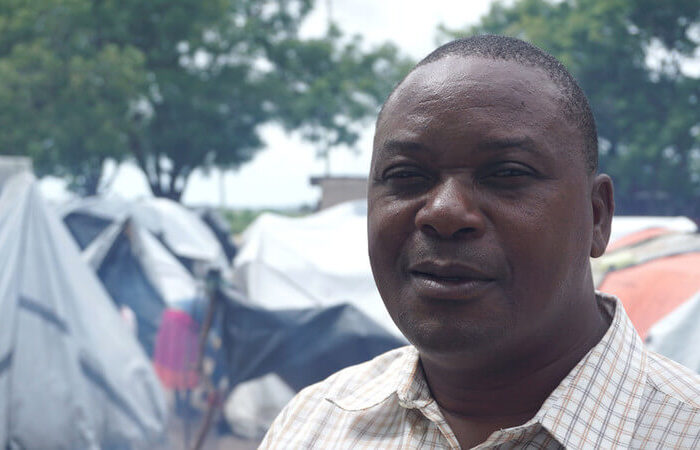
Life at Kakuyuni camp
Many families moved to Kakuyuni camp, where makeshift shelters were dotting the horizon as far as the eye can see.
That was once a spacious compound housing the offices of the senior chief of the area, Naphtal Bimo Fondo.
He still occupied his office in the camp, working hard to coordinate deliveries of food and water. Chief Naphtal was unsure about the possibility of his people returning home anytime soon. He’d said:
That place is very dangerous. They can go back to farm the land because it is very fertile for farming. But if it rains upcountry the river will flood again.
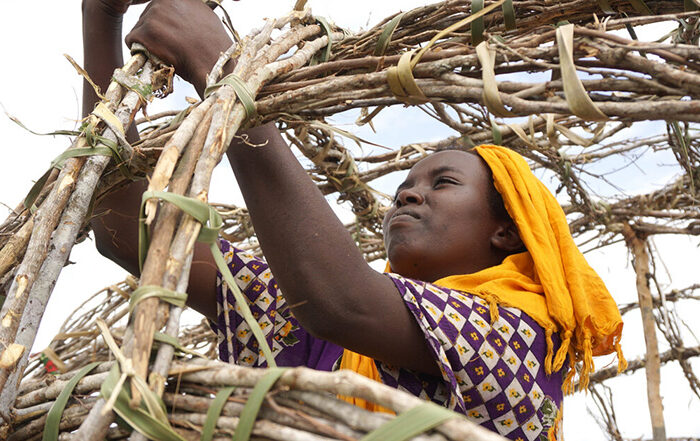
Missing home
Hadija Elema has been building shelters since she was 12 years old. She was taught the technique by her grandmother Halima and mother Zeinab, a tradition handed down through the maternal generations.
At 15, she could build one of these sturdy structures in half a day, her fingers expertly securing the palm twine around the joins of the branches.
But Hadija hadn’t been to school since the flooding. It was too far away and she would have had to cross the river.

